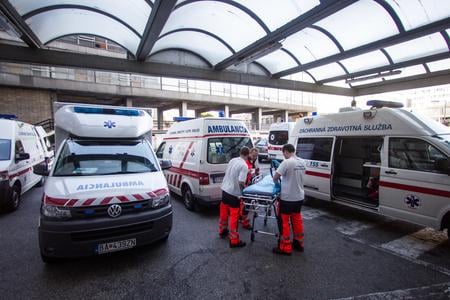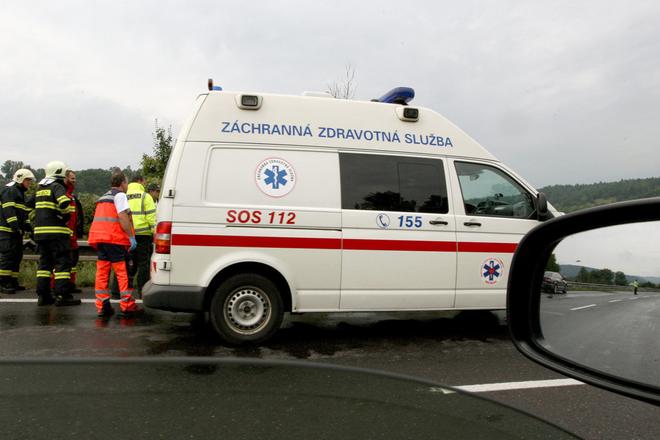The emergency medical service reported more than 518,000 call-outs last year, while it dealt with another 90,000 cases via its emergency line either by phone consultation or recommendation to visit the emergency department or a general practitioner.
Statistically, every sixth caller did not need an ambulance, said Boris Chmel, spokesperson for the Operational Centre of the Slovak Rescue Medical Service. Moreover, up to 2,500 people called the rescuers but there was nobody there when they arrived at the spot, as reported by the SITA newswire.
“It is understandable that people cannot assess the seriousness of their health condition, thus they turn to rescuers,” Chmel said, as quoted by SITA, adding they often do not deal with their problem during the day but call the emergency line and ask for the medical service in the evenings when they feel worse.
The problems, however, could often be prevented by better care of their health and visits to the general practitioner or emergency, Chmel said.

Some patients even use ambulances as taxis to get to the hospital. They call the phone number 155 and know what to say in order for the operator to send the ambulance.
“They should however realise that the crew that attends such a case could have saved the life of a person who is really in danger,” Chmel stressed, as quoted by SITA.
The rescuers often deal with cases in which the life or health of a person was put in danger and where it is necessary to provide urgent medical treatment. They do not deal with increased temperatures and similar conditions and neither do they serve as taxies.
If the illness lasts for some time and the person's health does not worsen immediately it is more appropriate to turn to the general practitioner or the medical first aid service, SITA reported.



 Illustrative stock photo (source: SME)
Illustrative stock photo (source: SME)